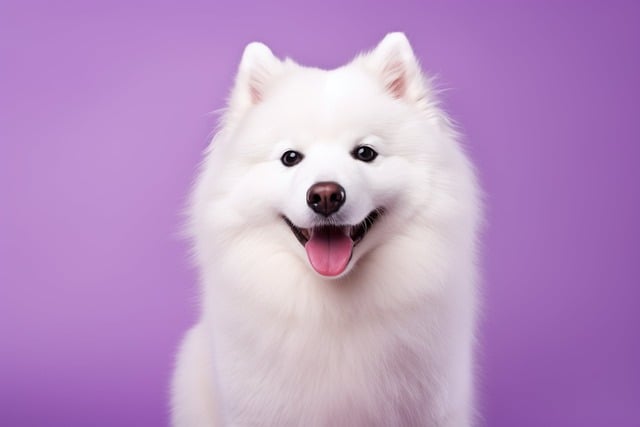
How do i train my dog to be obedient?
Watching your dog dart across the park ignoring your calls isn’t just frustrating—it can put them at risk near busy streets or public spaces.
I was hiking with my neighbor’s Australian Shepherd, Cody, in the Colorado foothills last month when my treat bag ran empty. Halfway up the trail, he spotted a deer and bolted—my “Come!” calls fell on deaf ears. “What do I do now?” I panicked, chasing after him. Teaching your dog to come without treats isn’t just a backup plan; it’s about building trust so strong they’ll choose you over distractions, even when snacks aren’t involved. Let’s break down how to turn “ignored calls” into “instant sprints” using play, praise, and connection that outlasts any treat.
Dogs respond to rewards beyond food—they crave interaction, play, and your attention, which can be even more motivating than a cookie. Treats are great for starting training, but relying on them forever means they’ll only come when you’re holding a bag. A trainer in Denver explains it like this: “Your voice, your touch, and playtime are ‘lifetime rewards’—they don’t run out, and they build a bond stronger than any snack. Cody ignored my call because he hadn’t learned that ‘coming back’ means the hike stays fun, not just ‘getting a treat.’” Breeds like shepherds or retrievers, wired to work with humans, thrive on this—they want to please you, not just eat.
Start training with their favorite “non-food reward”: a beloved toy (tug rope, ball), enthusiastic praise, or 30 seconds of belly rubs. In your backyard, say your cue (“Here, Cody!”) in an excited tone, then toss their toy when they come. The key is timing—reward immediately when they reach you, so their brain links “running to you” with “playtime starts.” For dogs who love affection, shower them with “Good boy!” and pets the second they arrive. My cousin’s Beagle, Lila, cares more about a game of fetch than treats—now she sprints back at “Here!” because she knows it means chasing her ball, not just a snack. Practice this 5 minutes daily in low-distraction areas (living room, quiet park) before adding challenges like other dogs or squirrels.

Gradually phase out treats by mixing in non-food rewards. Start with “treat + toy” when they come, then “toy only,” praising wildly the whole time. If they hesitate, go back to easier distractions—don’t rush. Cody struggled at first, but after a week of “come = tug-of-war,” he started responding even with the deer nearby. Use a consistent cue, but vary your tone—excitement in your voice tells them “this is fun,” while a flat tone feels boring. Never scold if they take time to come; that teaches them to delay longer, fearing your reaction. Instead, cheer when they finally arrive, making the end result worth the effort.
In apartments, turn hallway walks into training sessions—call them from the other end, then reward with a quick game of “find it” (hiding their toy) when they reach you. This keeps recall sharp without treats and avoids noise complaints from excessive barking. At community parks, always ask neighbors, “Is it okay if my dog says hi?” before letting them approach—polite recall means respecting others’ space. Don’t forget the basics: keep their rabies vaccine current (required by law for trail access) and carry poop bags (Colorado fines $100+ for leaving waste)—a dog who comes when called is a responsible community member, too.
Last week, Cody and I hiked the same trail, treat bag empty. When a rabbit darted across our path, I called “Here!”—and he skidded to a stop, tail wagging, trotting back to me. I pulled out his tug rope, and we played for 2 minutes before continuing. That’s the magic: training without treats turns “obedience” into connection, so they’ll run to you not for a snack, but because being with you is the best reward of all.

Watching your dog dart across the park ignoring your calls isn’t just frustrating—it can put them at risk near busy streets or public spaces.

New puppy owners often find themselves rushing to clean up accidents before they set in, and that’s where puppy pad training becomes a game-changer.

If you've noticed your dog's waistline disappearing and your veterinarian has mentioned those few extra pounds, your first instinct might be to simply reduce the amount of food in their bowl.

Training a dog to use a designated spot indoors isn’t as daunting as many new owners fear, but it does take consistency and an understanding of your pet’s needs.

That moment of dread on a walk is all too familiar for many new dog owners. You see another dog approaching down the sidewalk of your neighborhood

If the sight of another dog on your neighborhood walk makes your heart sink as your own dog erupts into a frenzy of barking and lunging, you're not alone.